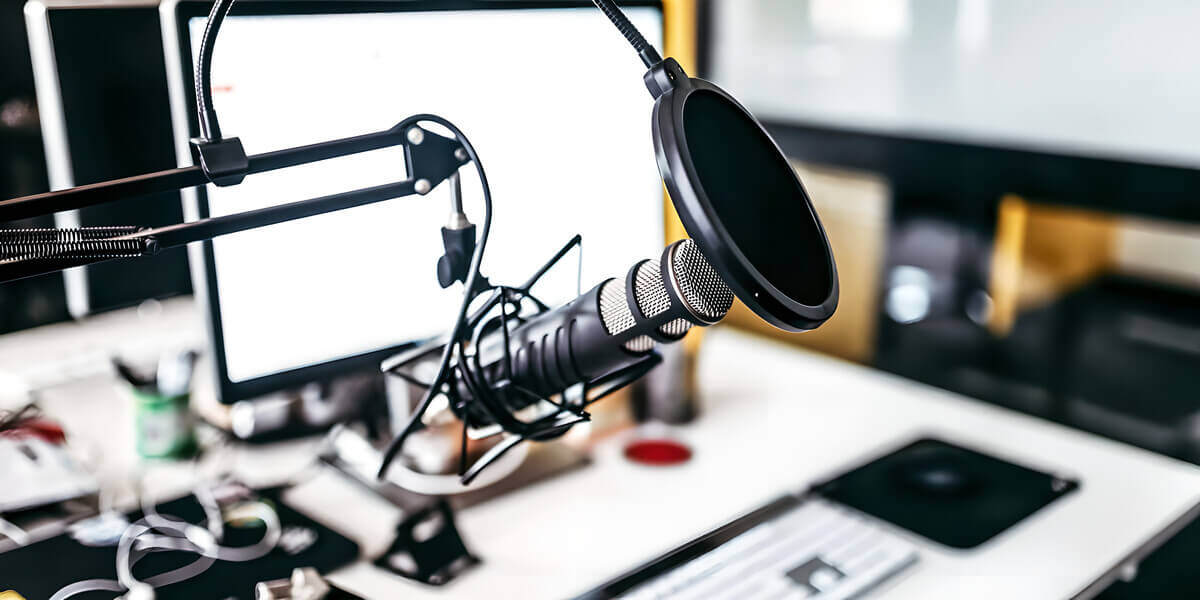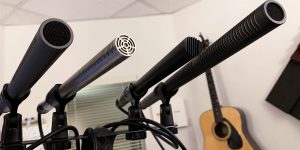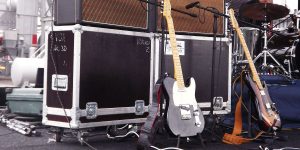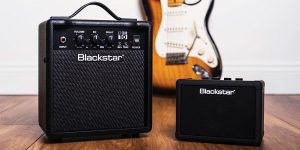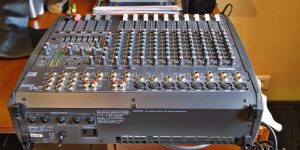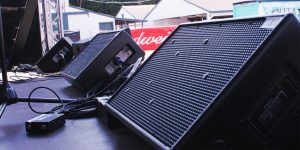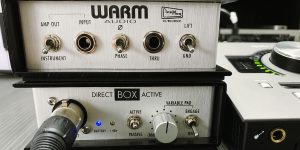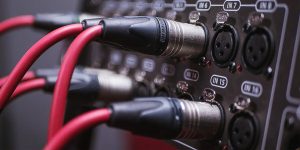If you’ve ever been intrigued by the magic of sound capture, you’re in for a treat. Today, we’re exploring the question: What is a cardioid microphone? Whether you’re a podcaster, musician, or just someone who loves crisp audio, understanding microphone types is crucial. I’ll unravel the mysteries of microphone radiation patterns and how they impact your recordings. So, let’s embark on this sonic journey together and uncover the secrets of the cardioid microphone’s pickup pattern!
Understanding microphone pickup patterns
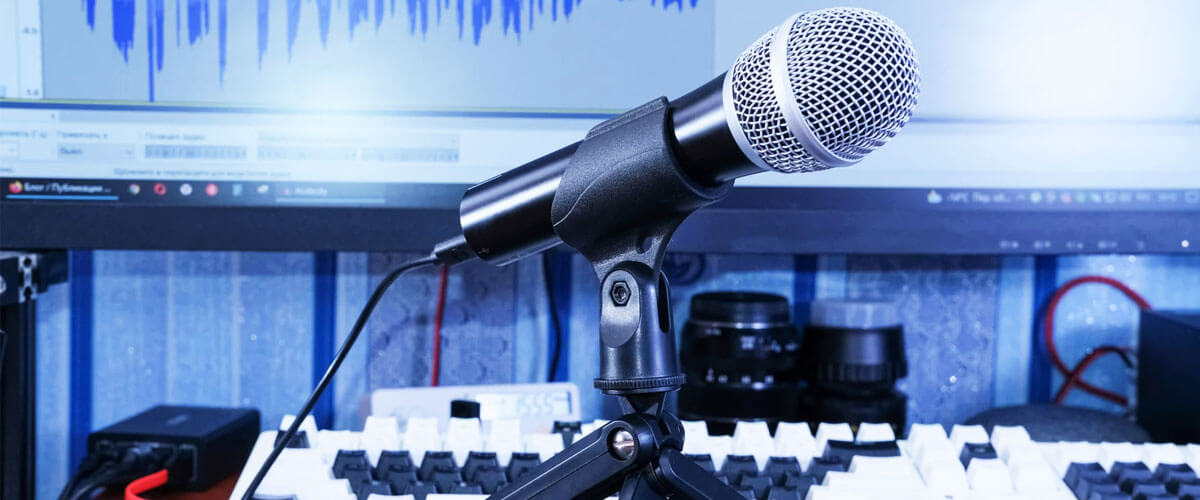
Microphone pickup patterns are determined by something called the “microphone actuation circuit.” This nifty circuitry controls how the microphone responds to sound waves, essentially acting as its ears.
Now, here’s the fun part: trigger patterns. These decide how your microphone listens in various directions. Imagine a cardioid mic pattern as your mic’s selective ear – it focuses on what’s right in front of it, reducing noise from the sides and rear.
But wait, there’s more! We’ve got omnidirectional mics, which are like friendly listeners that embrace sound from all around. Then there’s the figure-of-eight pattern, capturing from the front and back while rejecting side noise.
Exploring the cardioid pickup pattern
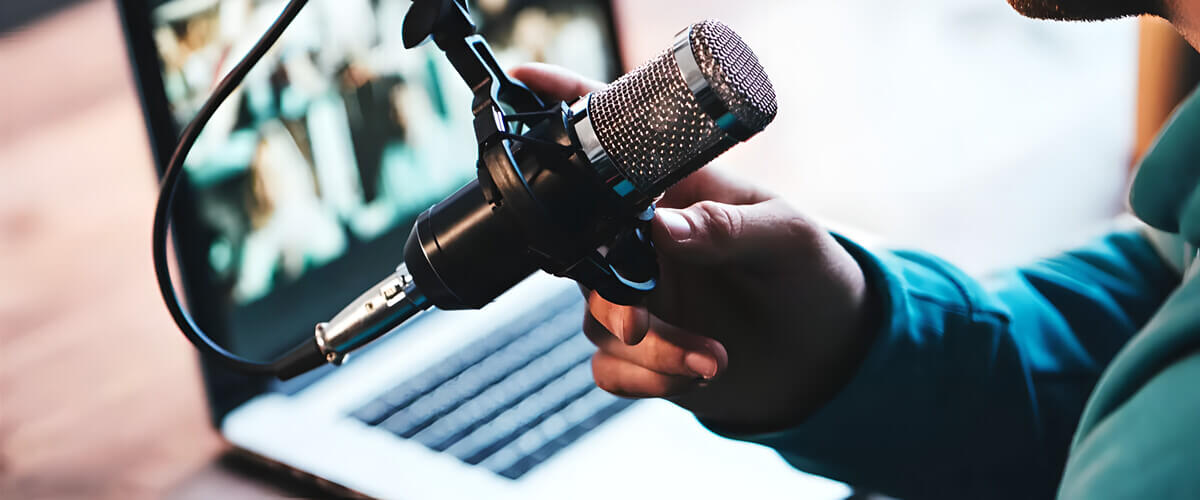
Have you ever wondered why your cardioid condenser microphone seems to “listen” more intently from the front? That’s because cardioid mics have a unique sensitivity pattern resembling a heart, hence the name “cardioid.” This means they capture sound most effectively from the front, making them perfect for solo performances, podcasts, and studio recordings.
These mics aren’t just one-trick ponies. They’re masters at rejecting unwanted noise from the sides and rear. So, when your bandmate is jamming out beside you, or there’s background chaos, your cardioid mic stays focused on your voice, guitar, or instrument in the spotlight.
Interesting fact: the term “cardioid” draws its inspiration from the Greek word “kardia,” meaning heart. Just like Cupid’s arrow finds its mark in the heart, these mics capture pristine audio from their sweet spot.
The applications of cardioid microphones

Whether you’re belting out your favorite tune on stage, hosting a captivating podcast, or crafting your next musical masterpiece in the studio, cardioid mics have your back. Their heart-shaped pickup pattern ensures they focus on the sound source directly in front of them while minimizing distractions from the sides and rear.
What’s the secret sauce? The cardioid design boasts impressive noise isolation, making it a true game-changer. Say goodbye to pesky ambient sounds and even those annoying feedback loops that can ruin a live performance. This tight directional focus enhances the audio quality and keeps your voice front and center.
Imagine rocking out on stage without worrying about audience chatter, nailing podcast recordings in a busy cafe, or capturing pristine vocals in a bustling studio environment – that’s where cardioid microphones shine the brightest.
Cardioid microphone variations
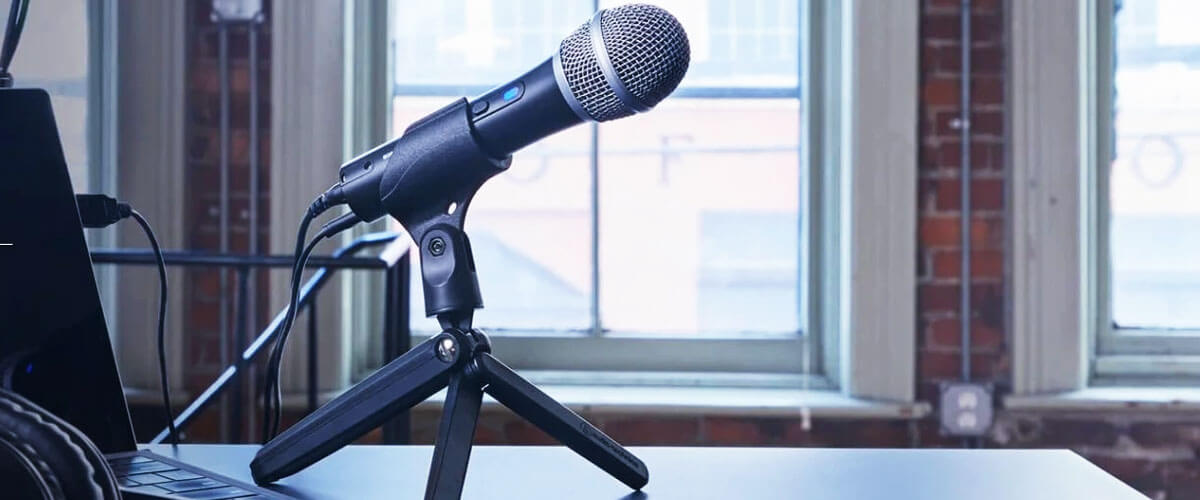
Let’s talk about two key players in this variation game: supercardioid and hypercardioid microphones. These bad boys take the cardioid concept up a notch by narrowing their pickup patterns even further. Supercardioid mics are like the cardioid’s edgy sibling, providing a tighter focus on the sound source while still rejecting some off-axis noise. And then, we have hypercardioid mics – the ninjas of isolation. They’re like laser beams, pinpointing sound and saying “no thanks” to everything else.
Now, when do you pick these cool cousins over the standard cardioid? Well, if you’re performing on a stage with lots of background chatter, a supercardioid or hypercardioid mic will be your knight in shining armor, delivering your voice or instrument with minimal interference. Similarly, these variations shine bright in a studio recording setting where precise isolation is a must.

